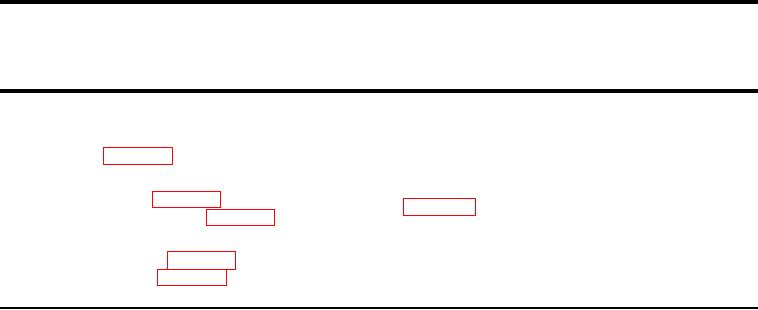
TM 1-1740-221-13&P&P
FIELD MAINTENANCE
BATTERY
INITIAL SETUP:
Test Equipment
Personnel Required
Load Tester (WP 0157, Item 13)
91B, Light Wheel Vehicle Mechanic
Tools and Special Tools
References
Battery Post Brush (WP 0157, Item 1)
General Mechanics Tool Kit (WP 0157, Item 24)
TM 9-6140-200-14
Materials/Parts
Equipment Condition
Petrolatum, Technical (WP 0156, Item 32)
Engine Shut Down
Sodium Bicarbonate (WP 0156, Item 46)
INSPECTION/TEST
1. Open battery access cover.
2. Inspect battery posts for corrosion and damage affecting serviceability.
3. Inspect batteries for cracks, which allow acid leaks from the batteries.
4. Replace as necessary.
5. Inspect battery hold down strips, j-bolts and battery compartment for corrosion or any damage affecting
serviceability.
6. Load test batteries with a battery load tester (TM 9-6140-200-14).
END OF TASK
REMOVAL
WARNING
BATTERIES
To avoid injury, eye protection and acid-resistant gloves must be worn when working around
batteries. Do not smoke, use open lame, make sparks or create other ignition sources around
batteries. If a battery is giving off gases, it can explode and cause injury to personnel. Remove
all jewelry such as rings, ID tags, watches, and bracelets. If jewelry or a tool contacts a battery
terminal, a direct short will result in instant heating or electric shock, damage to equipment, and
injury to personnel.
Sulfuric acid contained in batteries can cause serious burns. If battery corrosion or electrolyte
makes contact with skin, eyes or clothing, take immediate action to stop the corrosive burning
effects. Failure to follow these procedures may result in injury or death.
1. Eyes. Flush with cold water for no less than 15 minutes and seek medical attention immediately.
2. Skin. Flush with large amounts of cold water until all acid is removed. Seek medical attention
as required.
3. Internal. If corrosion or electrolyte is ingested, drink large amounts of water or milk. Follow with
milk of magnesia, beaten egg or vegetable oil. Seek medical attention immediately.
4. Clothing/Equipment. Wash the affected area with large amounts of cold water. Neutralize acid with
baking soda or household ammonia.
01101

